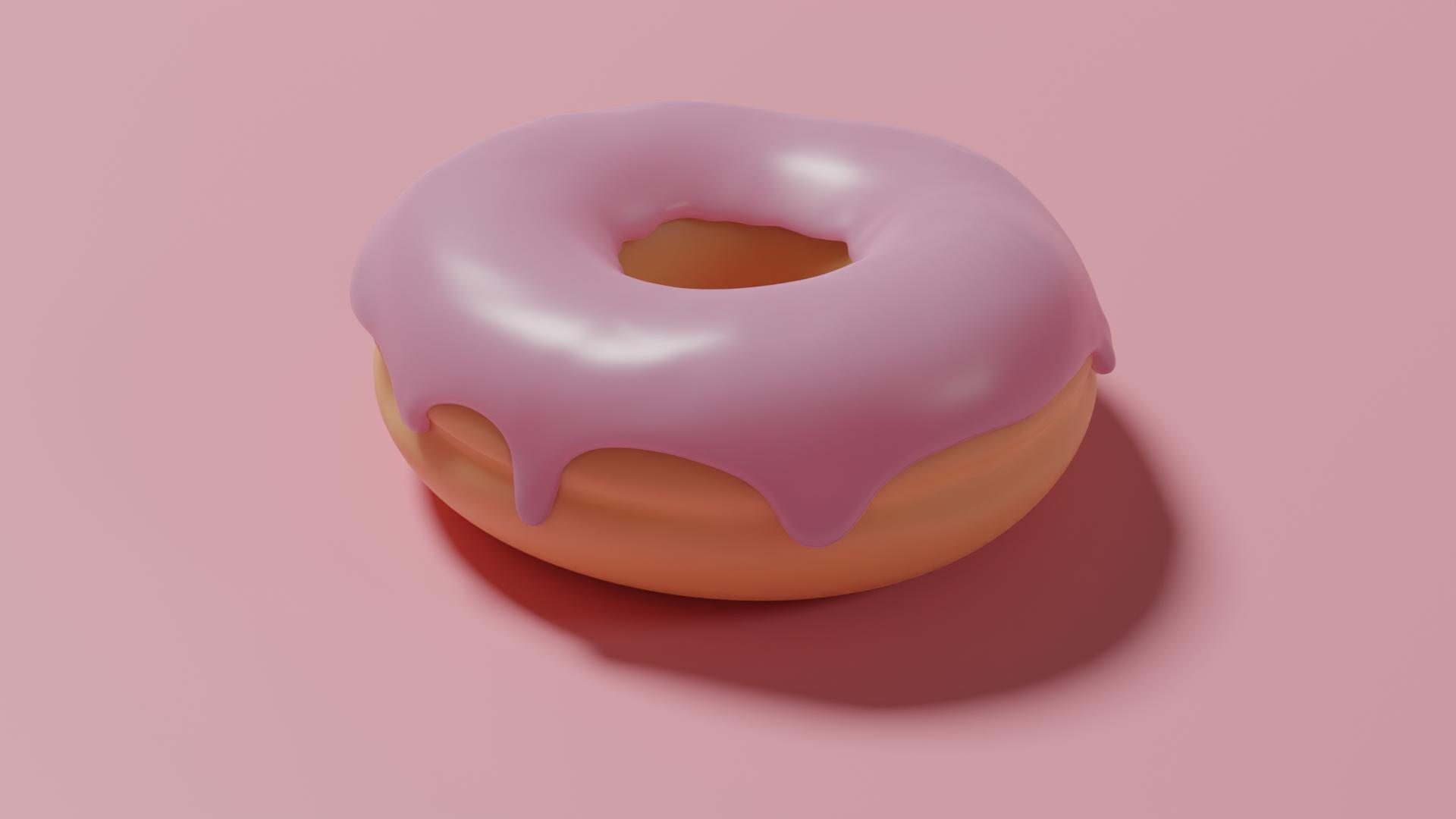Following Blender Guru's Donut Tutorials and currently at the end of Part 1.
I'm really unsure about the false color concepts, grey is the ideal color so we have to tweak all the settings till its mostly grey?? Based on what I have read, this works like a heat map; so red and dark blue should be avoided at all cost??
Using cycles with basic settings.




